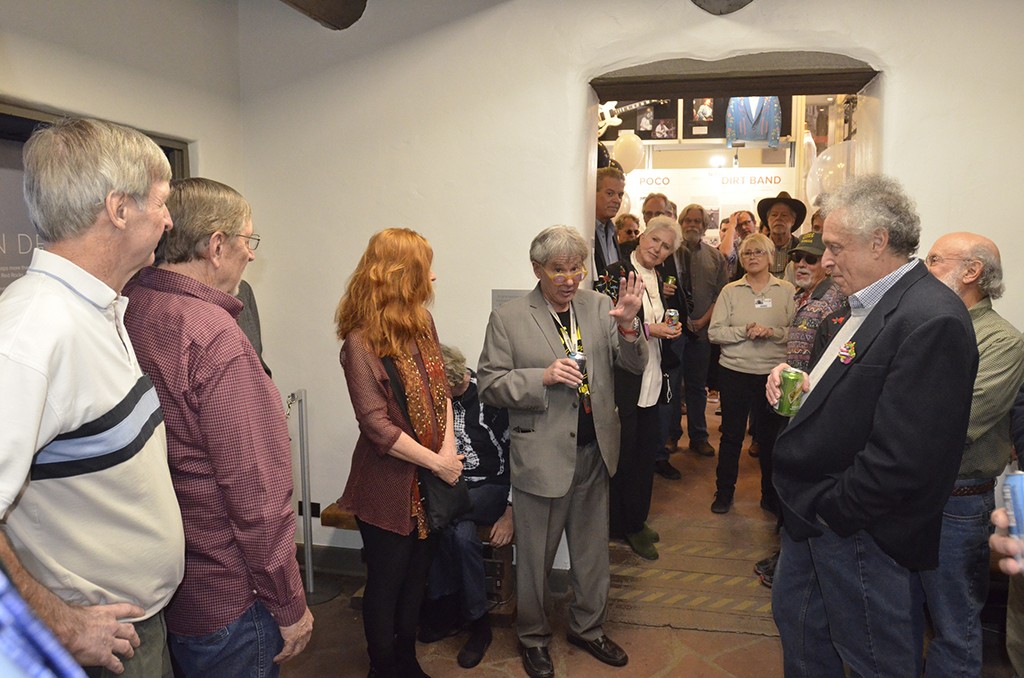Otis Taylor is a critically acclaimed blues musician whose work speaks to the tragic, haunting legacy of America’s treatment of the disenfranchised, often, specifically, African-Americans. His songs provided emotional resonance in popular movies and hit television shows, and his albums have proved themselves to be a soundtrack to the darkest moments one can experience.
Yet, as he puts it in his official website’s biography, “I’m good at dark, but I’m not a particularly unhappy person. I’d just like to make enough money to buy a Porsche.” Furthermore, before his songs reached critical fame, he achieved a level of local celebrity in Denver, not for the genius of his music, but because, as a teenager, he rode to school on a unicycle while strumming his banjo.
Early Life
Born in Chicago, Illinois, in 1948, Otis Taylor was only a child when his uncle was shot to death. Seeking to raise their son in a safer environment, his parents moved the family to Denver. There, Taylor fell in love with blues music and the banjo. However, after learning of the racially charged history behind the popularity of the instrument, he developed his guitar and harmonica skills.
As a young man, Taylor toured Europe and North America as a professional musician, and played for a short time with Zephyr, with famed vocalist Candie Givens, and later with the Legendary 4Niktors. In 1977, Taylor stepped away from his passion to become an antique dealer. During this time, he also utilized his experience as a master unicyclist and coached a nationally ranked cycling team.
Music Career
It took until 1995 for Taylor to restart his musical career. He began by playing an intimate show in Boulder, and one year later he released his first album, “Blue-Eyed Monster.” His impactful second album, “When Negroes Walked the Earth,” brought critical acclaim and started a prolific period that saw him produce nine albums from 2001 to 2010, many with the Telarc International.
During this period, he also stretched the definition of blues, originating a fusion genre Taylor dubbed “trance-blues.” This musical form calls for repetitive looping beats that create space for urgent lyrics falling on the darker end of the emotional register.
Taylor brought this genre to the music festival space when he created and performed in the first ever Trance Blues Festival. Staying true to his Colorado roots, the festival plays every year in Boulder.
Over the years Taylor’s deep baritone voice and consistent push for expansion of the blues genera have earned him a number of prestigious accolades including, Down Beat magazine critics’ Poll that named “Taylor’s Truth is Not Fiction” as Blues CD of the Year for 2002 and Living Blues readers’ poll awarded him “Best Blues Entertainer” title in 2004. In 2005, Down Beat named Taylor’s “Double V” as Blues CD of the Year, “Definition of a Circle” as Blues CD of the Year for 2007 and “Recapturing the Banjo” as “Blues CD of the Year, 2008.”
Contact Colorado Music Hall of Fame
For more about Otis Taylor and other Colorado music legends, visit the Colorado Music Hall of Fame’s website. As 2018 winds to a close and 2019 are about to begin, keep a close eye on the calendar for future musical events.
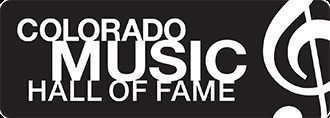



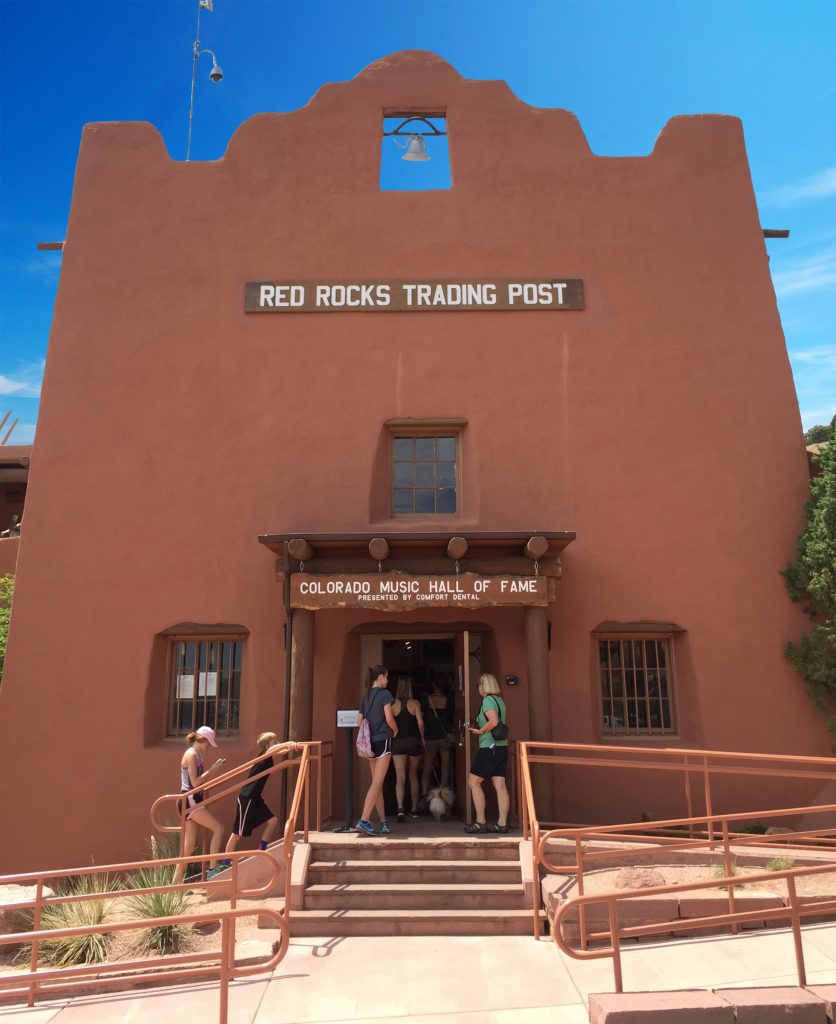


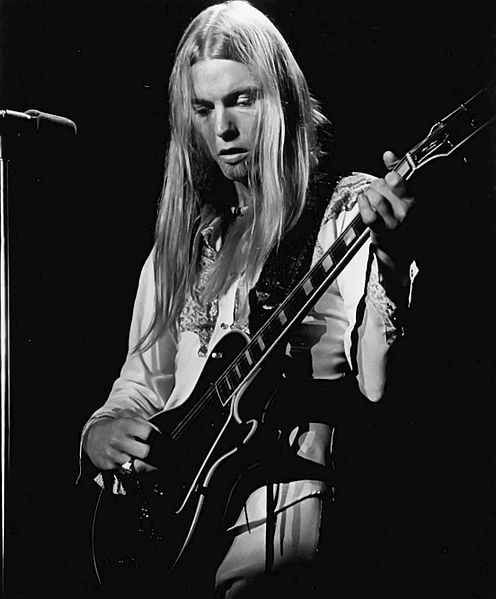
 The death of Gregg Allman on May 27 at age 69 brought back memories of the countless Allman Brothers Band shows I attended over the years.
The death of Gregg Allman on May 27 at age 69 brought back memories of the countless Allman Brothers Band shows I attended over the years. 

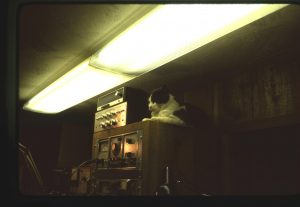 Roger Hodgson’s opening song, “Give a Little Bit,” became an international hit single for Supertramp. He had written it at age 19 before introducing it to the band years later. And it nearly became the recording debut of Frank, the huge black and white cat that lived at Caribou.
Roger Hodgson’s opening song, “Give a Little Bit,” became an international hit single for Supertramp. He had written it at age 19 before introducing it to the band years later. And it nearly became the recording debut of Frank, the huge black and white cat that lived at Caribou.